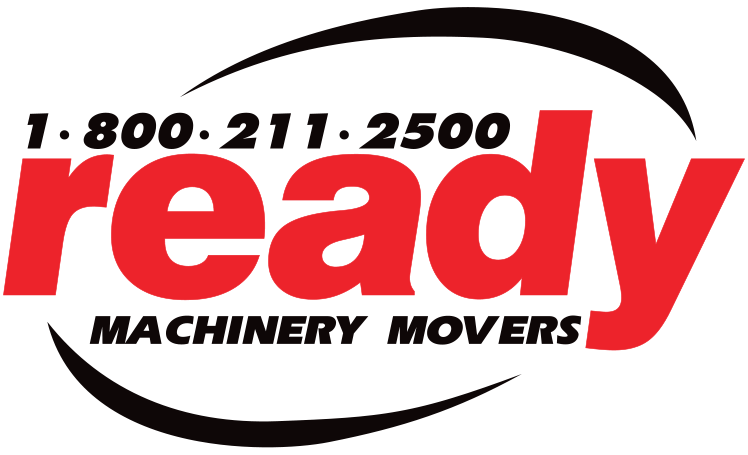Forklifts are among the most useful vehicles in any industrial workplace. However, to prevent life-threatening accidents, trained and experienced operators must use them with utmost caution.
The Occupational Health and Safety Council of Ontario reports that 700 forklift-related incidents happen across different workplaces in Ontario every year. Most of these accidents involve people being run over or hit by a forklift, particularly when the forklift truck is reversing and the operator did not see them. Accidents linked to forklifts are often the result of a lack of training and inadequate supervision.
Forklifts have specific traits that make them difficult to handle, making proper training a prerequisite for operating them in a workplace.
- They are extremely heavy. A forklift can weigh up to 9,000 pounds or triple the weight of an average car.
- They are faster than you think. Forklifts can run up to 18 mph.
- They are not well-balanced. Forklifts are designed to be heavier in the rear to compensate for the hefty load being placed in the front. This uneven weight distribution can make forklifts tough to handle.
- They are harder to stop. Unlike cars, forklifts only have brakes on their front wheels.
- They are rear-wheel drive. This makes the rear end to swing outwards, especially when making tight turns; this can increase the chances of the truck to tip over.
- They have poor sightlines. The loads are carried in the front of forklifts and can often block the view of the operator.
If you have a forklift truck or hire, lease, or borrow one, you need to make sure that your equipment is working properly and is safe for use. Workplace safety laws require that employers maintain their vehicles safe so that they can serve their intended purpose for your operations.
Forklift operators must be familiar with the vehicle they are operating. They should receive proper instruction and training on how to drive the vehicle safely before they use them in a workplace setting.
Here are some safety reminders for operating forklifts that can increase efficiency without compromising workplace safety.
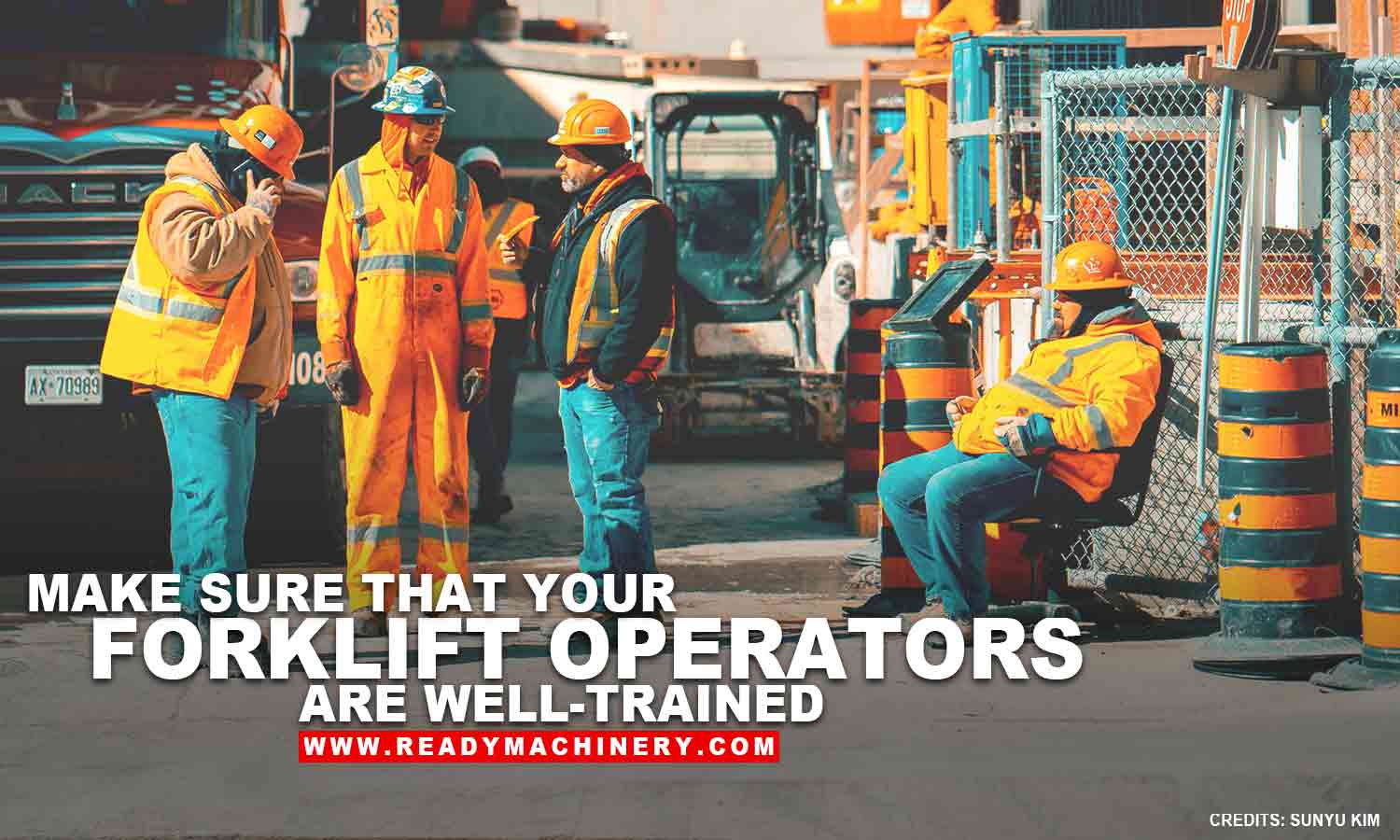
- Follow all safety requirements
The Canadian Centre for Occupational Health and Safety website states that forklift trucks should only be operated by experienced workers who are trained, certified, or licensed to use that equipment. Companies can also specify that only authorized persons may operate lift trucks and even specify a minimum operator age. Employers must implement a training program which incorporates general safety guidelines, operator training requirements, as well as a lift truck safety program.
To further increase the level of competency of forklift operators, employers are encouraged to do the following:
-
- Provide formal and practical training to the operators. For your training materials, try using a combination of lecture, software training, videos, demonstrations, and practical exercises.
-
- Certify the operators who have received proper training. Conduct refresher training if necessary and evaluate every operator (at least once every three years).
-
- Supervisors should evaluate the performance of the operators to make sure they are competent enough to operate an industrial truck before deploying them to the site.
- Inspect your forklift before starting your shift.
Employers and operators share the responsibility of ensuring that the machine is safe for use before operating it. The operator should also check for workplace conditions that may have changed since their last shift that could compromise the safe operation of the forklift.
- Inspect the forklift at the beginning of your shift
- Check the oil levels and tires
- Check for oil, water, or radiator leaks
- Make sure the forks don’t have cracks and are straight
- Test the lights, brakes, horn, and steering wheel
- Check the workplace for hazards, including
- Uneven surfaces
- Obstructions
- Overhead clearance levels
Never drive a vehicle that needs repair or maintenance. When damage is observed, contact a professional to assess and fix it. Inform the shift supervisor or manager of any issues, problems, or concerns.
- Be aware of common hazards
Below are some common hazards that are specific to forklift operations:
- Tipping hazard due to imbalanced loads or excessive speed
- Fall hazards when workers stand on the forks
- Falling hazards from unsecured or heavy loads
- Limited field of vision may result in increased collision risks
- Collision hazards involving pedestrians when walk areas are not clearly defined
- Stay in the operator’s seat
Always keep your body inside the vehicle’s frame. Keep your hands and feet from the mast’s cross members. If the mast is lowered and it catches your hand, you can suffer significant injuries. Fasten your seatbelt to protect yourself in case the truck topples over.
When possible, install tag-out or lockout equipment to keep your forklifts from starting up unintentionally. Use padlocks and covers for your steering wheel when necessary.
Operate the forklift only under close supervision, and never leave the vehicle unattended with the keys in place. Observe all worksite rules and regulations.
- Always operate within the machine’s limitations
Be familiar with the lifting capacity of your truck and never exceed it. Make sure the forks are as far under the load as possible before lifting. Ensure the weight is fully secure and balanced. Drive with the load placed as low as possible to ensure safety. Heed all posted warning signs and speed limits.
- Be aware of your environment
Always be attentive to your surroundings when operating the forklift. Pay attention to any changes to your operating environment. Maintain a safe distance from people and other trucks. Use the horn at areas where pedestrians may be present.
Travel in reverse if your load obscures the view ahead. Pay attention to signs, floor markings, and other warnings for forklifts and pedestrians. Avoid areas where forklifts are restricted or prohibited.
Avoid stacking inventory in a manner that obstructs visibility. Place mirrors to allow operators and pedestrians to see what’s approaching around the corner.
Refuel the forklift as needed and turn it off when not in use. Park all forklifts at a well-ventilated location.
- Implement a visual communication system.
Forklift hazards that could cost a worker’s life are usually the ones that he doesn’t see coming. Implementing a comprehensive visual communication system can significantly reduce risks and improve the efficiency of your warehouse’s workflows.
This involves more than simple signage. Place clear and visible markings all around your facility and other precautions, like chains and guardrails. Colour-code different types of obstacles or zones, like electrical lines, loading docks, or reduced overhead areas, to make them immediately evident.
Install stop signs when going from bright to dim light areas, so operators can acclimatize their vision before proceeding. Keep pedestrians away from the path of forklifts and direct them to safe routes by implementing wayfinding. Post signages at junctions to warn forklift operators and pedestrians to be alert and look for potential hazards.
Display inspection requirements and checklists where the forklifts are stored. Post guides that clearly depict what wayfinding areas, forklift safety signs, and zone coding look like where all employees can read them.
Make employee safety your number one priority. When dealing with heavy loads or equipment, precautionary measures and proper staff training promote safety for every worker operating and working near forklifts and other vehicles.
Lifting and transporting heavy loads require the help of the experts. If you need assistance with transporting cargo or machinery, or if you need a rental forklift provider, Ready Machinery Movers can help you. For inquiries, dial our toll-free number 1-800-211-2500 or visit this page to request a quote.
